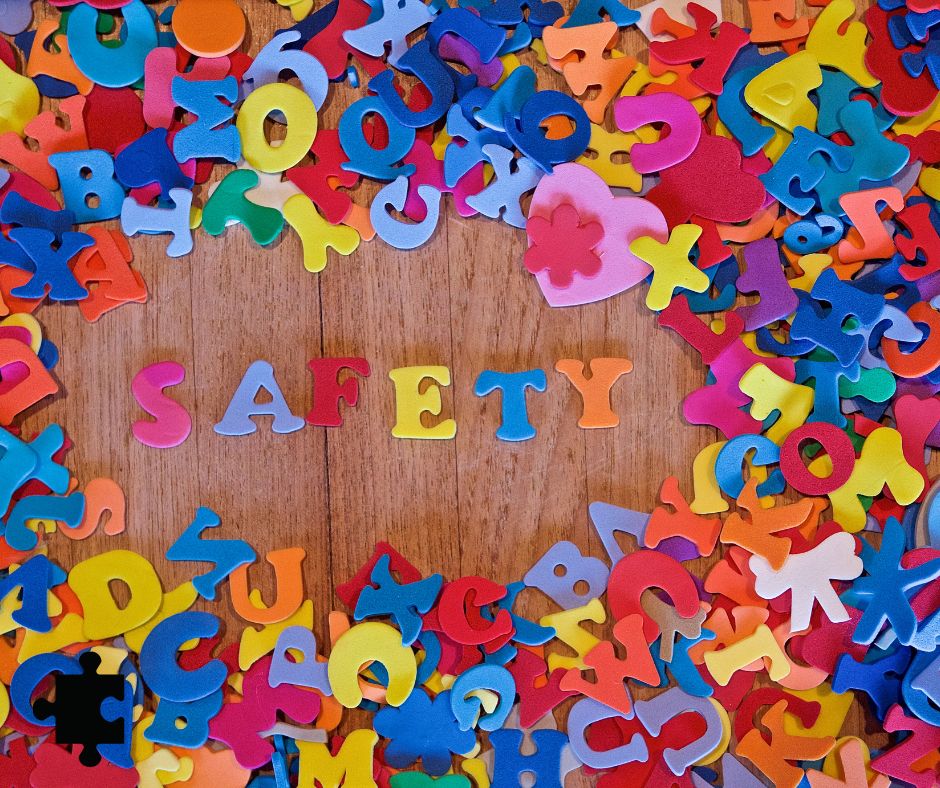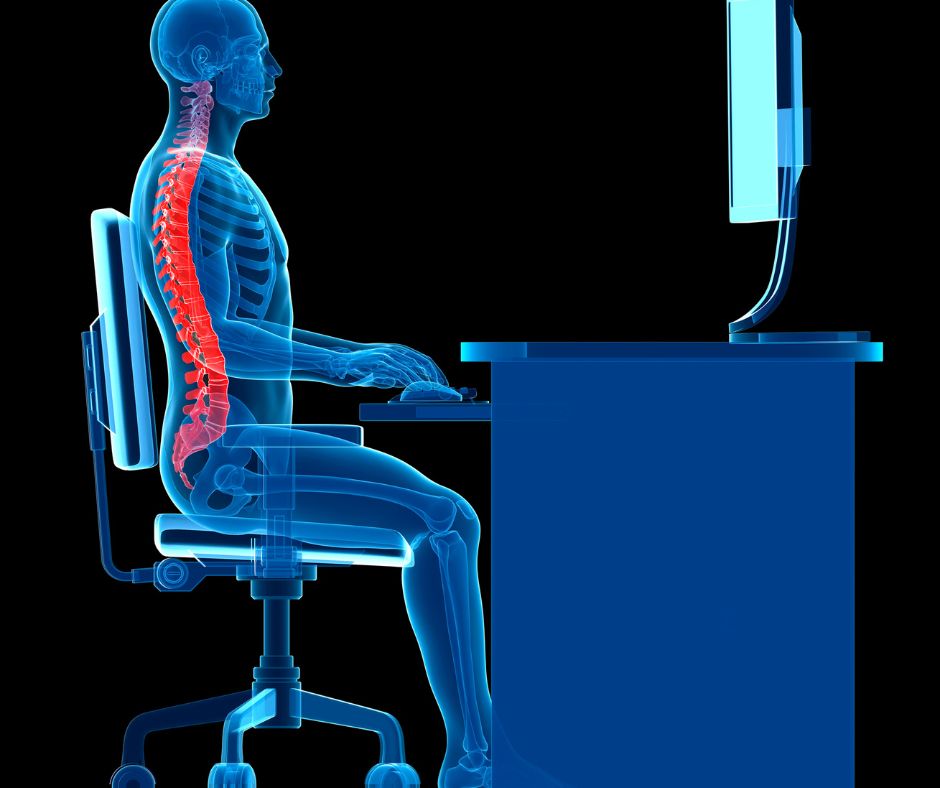
International Safe Places to Work Day
International Safe Places to Work Day is coming on July 24th. This is an annual
Lite with added extras
Includes ISO 9001 compliant document and asset management
Enterprise compliance
Everything you need in one fully integrated and configurable package
Our suite ISO Auditing modules and mobile apps, help businesses and organisations achieve compliance with ISO Standards.
Achieve ISO Certifications for your organisation, using our fully integrated ISO Auditing platform.
Health and Safety Software » Health and Safety » Lifting and Handling in the Workplace

Common injuries from lifting and handling
The most common injuries from lifting and handling are musculoskeletal disorders (MSDs), such as back pain, neck pain, and shoulder pain. MSDs can develop over time because of repeated or strenuous lifting and handling activities. Other common injuries from lifting and handling include slips, trips, and falls.
Risk factors for lifting and handling injuries
How to prevent lifting and handling injuries
Safe lifting techniques
Additional safety considerations
By following the safety tips listed above, employers and employees can help to prevent lifting and handling injuries.
The iProtectU health and safety software provides:
Arrange your demonstration
Let us show you how we can transform your compliance management
Choose a date and time for your demo (no obligation) and we will be in touch.

International Safe Places to Work Day is coming on July 24th. This is an annual

The Worker Protection Act is coming into effect for UK workplaces on October 27th, 2024.

Workers spend a large portion of their day inside an office building, and the indoor

When it comes to fire safety in schools, official statistics released by the Home Office

Musculoskeletal disorders (MSDs) are one of the most common work-related ailments.

Many of us can recall at least one Sports Day memory from childhood. For many